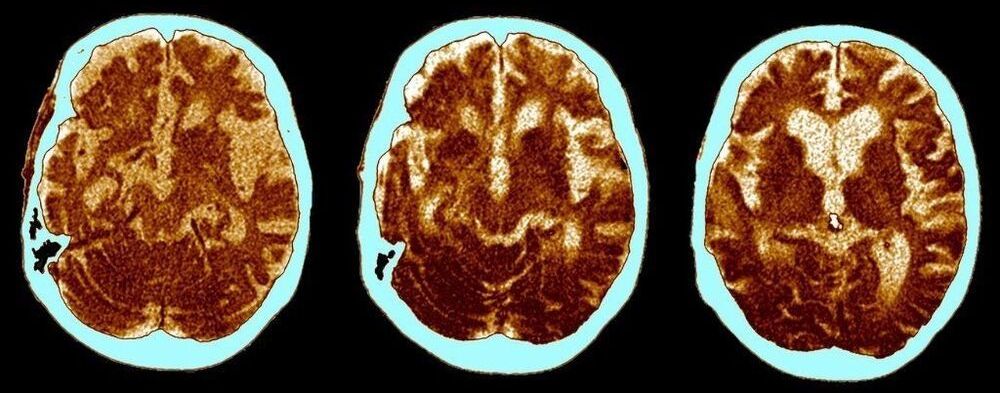Very interesting.
Patients with severe COVID-19 disease have significantly shorter telomeres, according to a study conducted by researchers at the Spanish National Cancer Research Centre (CNIO) in collaboration with the COVID-IFEMA Field Hospital, published in the journal Aging. The study, led by Maria A. Blasco and whose first authors are Raúl Sánchez and Ana Guío-Carrión, postulates that telomere shortening as a consequence of the viral infection impedes tissue regeneration and that this is why a significant number of patients suffer prolonged sequelae.
Blasco was already developing a therapy to regenerate lung tissue in pulmonary fibrosis patients; she now believes that this treatment — which should still take at least a year and a half to become available — could also help those who have lung lesions remaining after overcoming COVID-19.
Telomeres and tissue regeneration
The Telomeres and Telomerase Group, led by Blasco at the CNIO, has been researching the role of telomeres in tissue regeneration for decades. Telomeres are structures that protect the chromosomes within each cell of the organism. It is known that telomere length is an indicator of ageing: each time a cell divides, its telomeres shorten until they can no longer perform their protective function and the cell, which now becomes damaged, stops dividing. Throughout life, cells are constantly dividing to regenerate tissues, and when they stop doing so because the telomeres are too short, the body ages.






